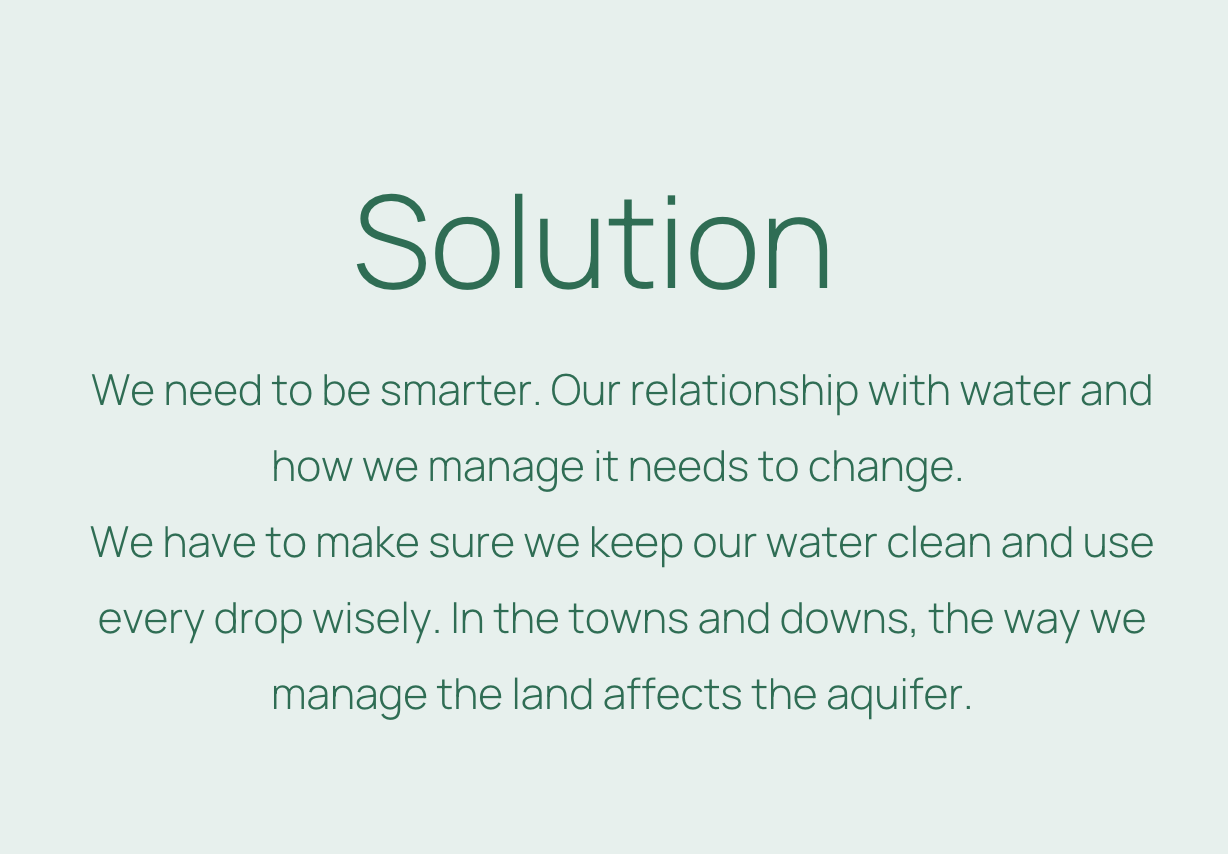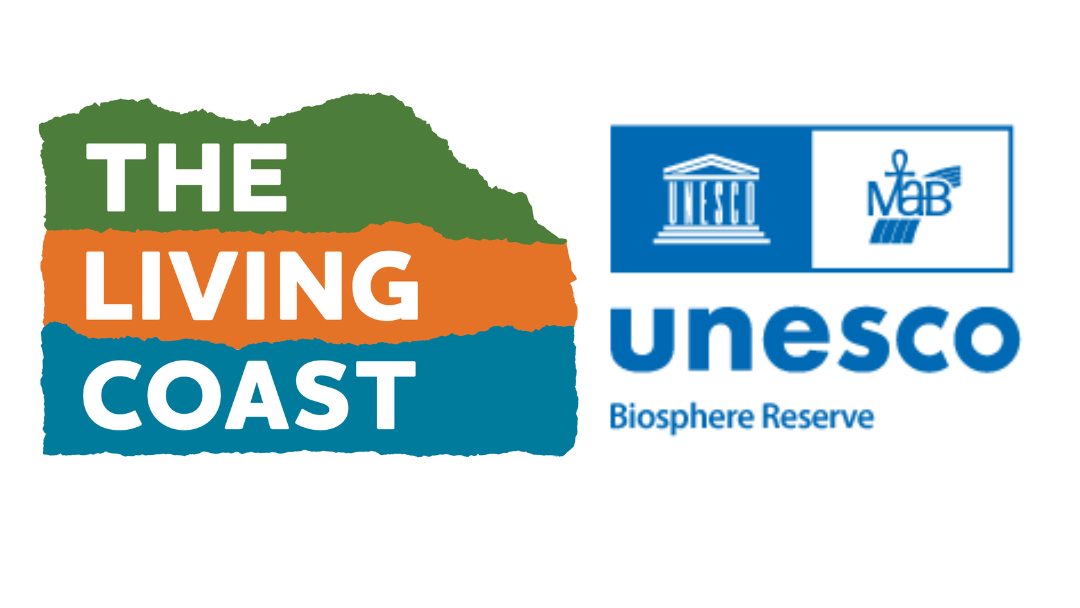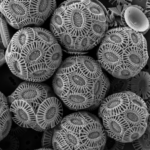
All About the Aquifer
The only way we’re going to be able to ensure groundwater is clean and sustainable for future generations is with the involvement of all of us. We all use it and benefit from it. We can take care of it.
What is an aquifer?
Here in the UK, we are fortunate to have access to fresh, clean water, literally on tap. No wonder most of us take water for granted!
In Brighton, Hove and Lewes, that water comes from the Brighton Chalk Block Aquifer. From the River Adur in the west, the River Ouse to the east, and up to the edge of the Downs, the land is shaped by this tremendous block of chalk.
This chalk is what forms our aquifer. An aquifer is when water is held below the ground in a permeable or porous rock layer. The chalk below us holds water like a sponge, as it is made up of millions and millions of microscopic fossils. One cubic meter of chalk can hold up to 660 litres of water!
The chalk is what makes our aquifer so special, chalk is a natural filter and has provided this area with clean water since it was first settled.
We rely on the aquifer for our water. The groundwater is pumped out of the aquifer through boreholes; this water is then treated and brought into your home and into your glass!
This is what chalk looks like under a microscope! Made up of millions and millions of fossils, from coccolithophores.
Fact: Nope! Our tap water comes from the chalk aquifer, making Brighton, Hove, and Lewes unique. We don’t rely on water sources you can see, instead all of our water is held in the ground beneath our feet. In fact, most of the UK relies on groundwater.
Fact: The aquifer is water held within the chalk. That means there’s no giant lake or river holding it below us. It’s more like how water is held within a sponge.
Fact: Just like the chalk is right below us, so is the aquifer. Though there are places where the aquifer is far below, most of it is by the surface.

Groundwater? What's that?
But how does that water get into the ground? It’s surprisingly simple, from rainfall. When it rains, the water permeates the soil and sinks into the chalk. It’s just as vital and just as fascinating as the flowing rivers we see. Groundwater has a life and journey of its own down there in the rocks. There are even amazing creatures called stygiobites that live in this water!
Another reason to love rainy days, the rain revitalises not only the plants above but the groundwater below. However, long weeks and months without the rain we need to trickle through the chalk and recharge the aquifer means trouble. September was the first month with above-average rainfall since February 2021 (Environment Agency, 2022), but that hasn’t helped the aquifer as it should.
Our groundwater levels are low, and our soil deficit is high. That means there's a big difference between how wet the top of the ground is and how wet the soil underneath is, so our ground may be wet, but the soil is still dry.
When the rainwater does sink into the ground, it's not always good for the aquifer. Why is that? Well...

Pollution
The increasing population and infrastructure have added pressure which negatively impacts the aquifer.
The heavy use of tarmacs means rainfall washes down the drain rather than soaking into the ground. When the drains lead to a soakaway into the aquifer, all of the nasties on the road, from tyres and chemicals wash off into these drains and into the aquifer. Even smaller acts such as dumping paint down can lead to polluting the aquifer.
Pollution from roads isn’t the only concern; farming can have a negative impact too. Often farms use nitrate fertilisers – chemicals too small for the chalk to filter out of the aquifer.
Southern Water technicians have detected rising nitrate levels at two-thirds of their boreholes, with seasonal peaks as autumn and winter rains increase leaching.
This rising trend and the seasonal peaks need to be reduced to meet acceptable levels of drinking water quality. We can reduce them through additional treatment or diluting the concentration by mixing water with supplies from another source. Either way, this involves ‘building’ a solution for symptoms rather than tackling the source of the problem. That’s why we’re focused on the…

We love to hear what you’re doing to protect our aquifer.




 Chrome
Chrome
 FireFox
FireFox
 Edge
Edge